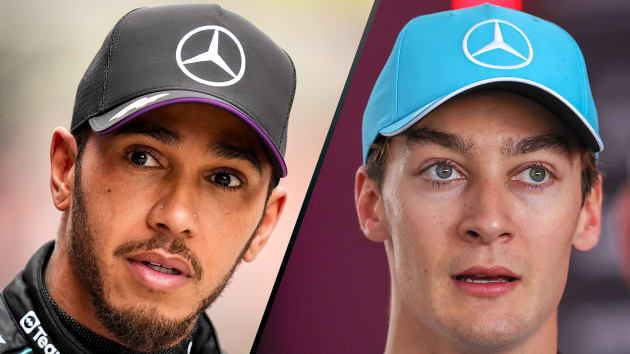1 / 2
Technical
TECH INSIGHT - Renault looking for exhaust boost
Teams will stop at nothing to get an aerodynamic boost. And Renault’s new R.S.18 features one of the most interesting solutions on the grid, as Mark Hughes and Giorgio Piola explain…
Renault’s R.S.18 has caught the eye of many, principally in the way that they have angled their exhaust upwards at the maximum permitted angle of 5-deg, so as to blow the underside of the rear wing.
Why do they want to do this? In simple terms, to increase the downforce capability of the rear wing.
The science works thus: increasing the speed of the flow on the wing’s underside creates a bigger air pressure differential between the wing’s upper and lower surfaces, thereby increasing the downward force exerted on the wing and through the tyres.
Renault’s arrangement is in response to a 2018 regulation change that has limited the size and placement of monkey seat winglets and moved the exhaust outlet further back. Previously, teams were using the monkey seat to connect-up the exhaust plume with the airflow to the rear wing underside.
In order to limit this practice, the FIA defined for 2018 revised dimensions. The exhaust must now be 235mm back of the rear axle line rather than 185mm – and the Y100 wing (monkey seat) can only be a maximum of 200mm behind the axle line rather than the previous 500mm. The upshot of that is that any winglet devices are effectively now ahead of the exhaust outlet rather than behind it, so they can no longer be used to help direct the exhaust plume.
Renault’s response has been to blow the wing directly. The two wastegate outlet pipes are placed beneath the exhaust outlet rather than either side as on most other cars (such as the Red Bull, pictured above inset), creating the space to angle up the exhaust and also contributing to the blowing effect by giving the exhaust plume additional impetus.
It is not believed blowing the wing in this way will be anything like as aerodynamically powerful as diffuser blowing was up to 2013 – and a sign of this is that the FIA have signalled they have no problem with what Renault are doing. Furthermore, the exhaust of the turbo engines does not carry as much energy of those of the normally-aspirated motors in use then.
YOU MIGHT ALSO LIKE
Feature POWER RANKINGS: Who impressed our judges on a dramatic Shanghai Sprint weekend?
Feature DESTINATION GUIDE: What fans can eat, see and do when they visit Imola for the Emilia Romagna GP
News Hamilton ‘grateful just to get points’ in China as Russell admits Mercedes have ‘work to do’ before Miami
OpinionF1 Unlocked PALMER: I have no doubt Norris is world champion material – so has he made the right choice in committing to McLaren?
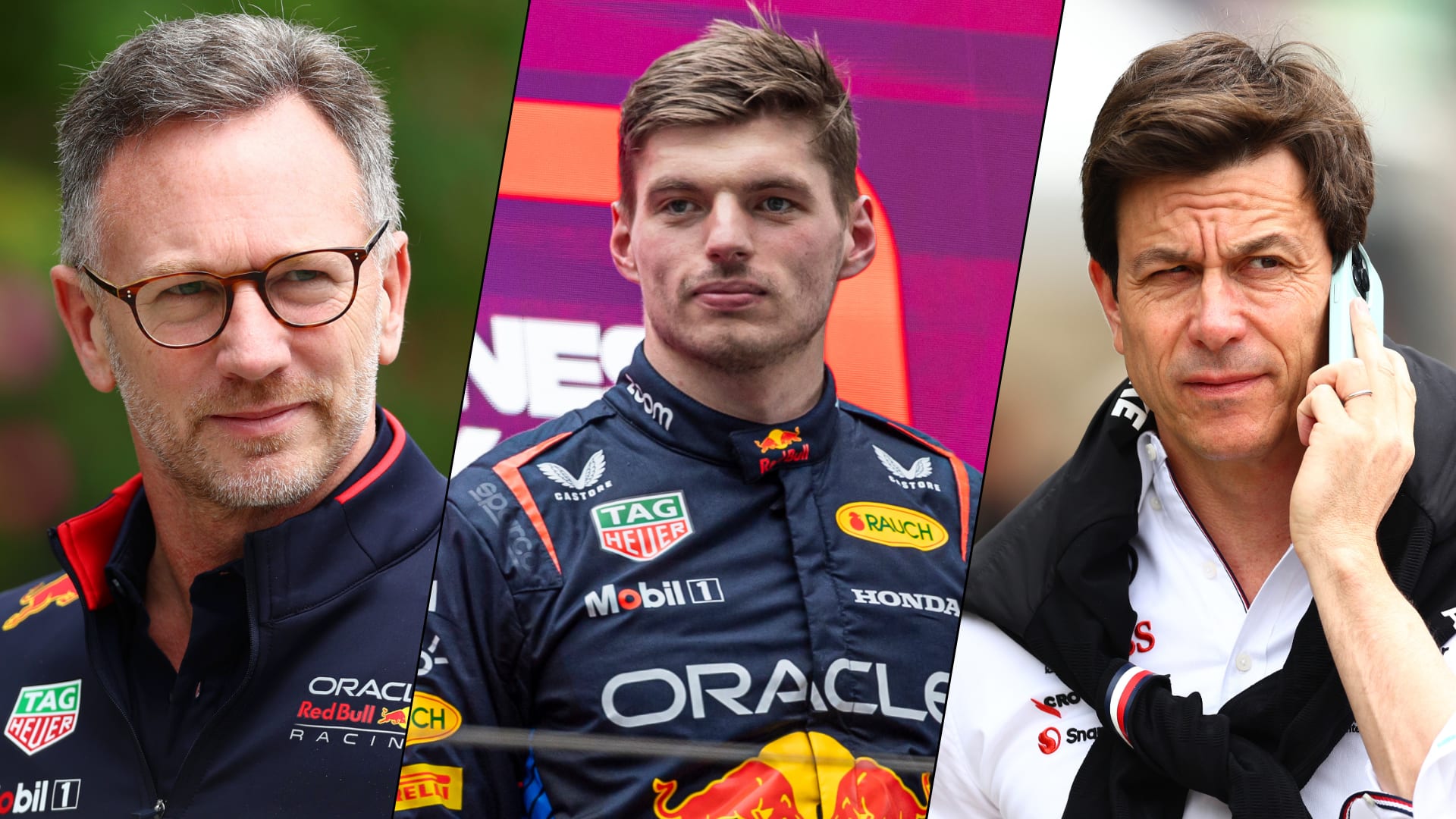
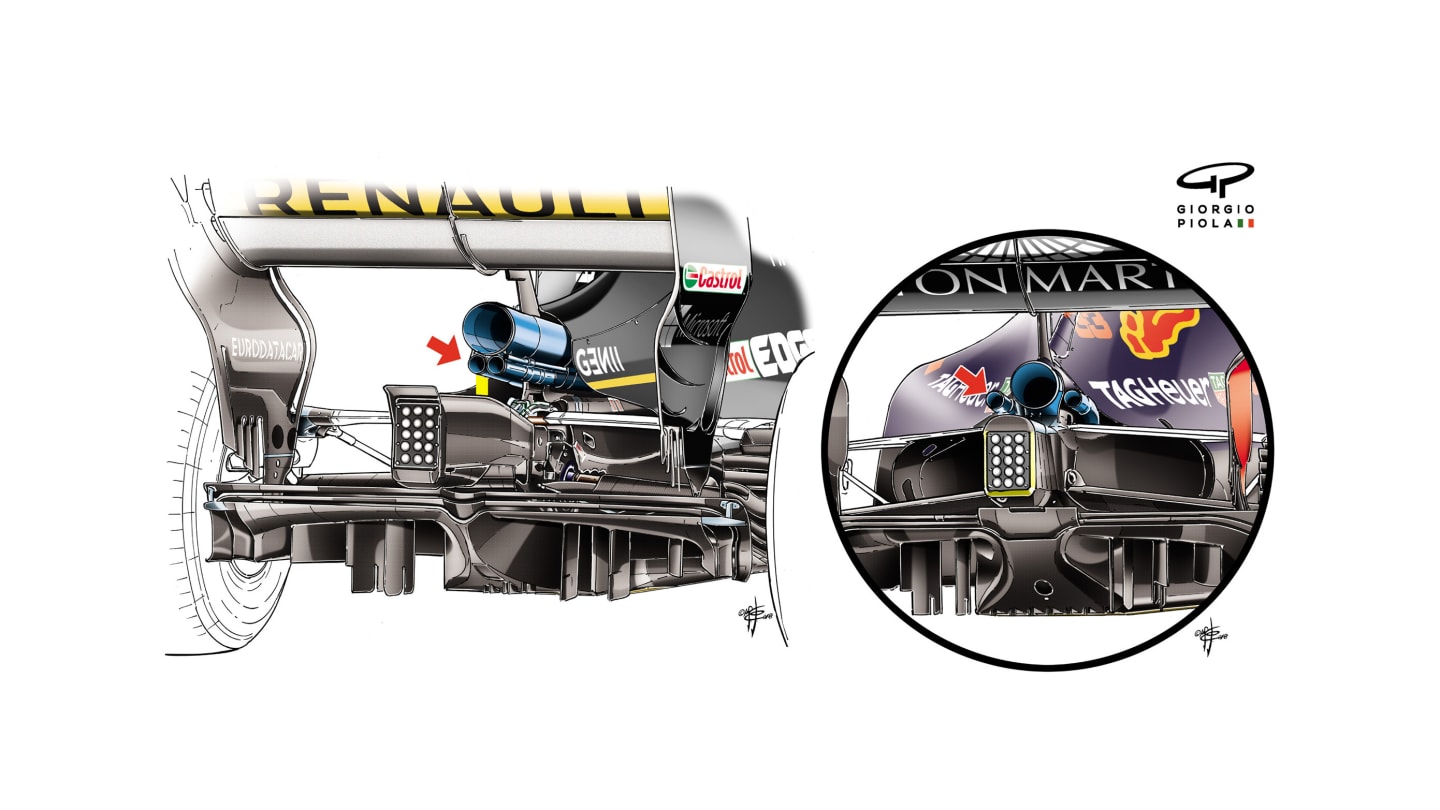
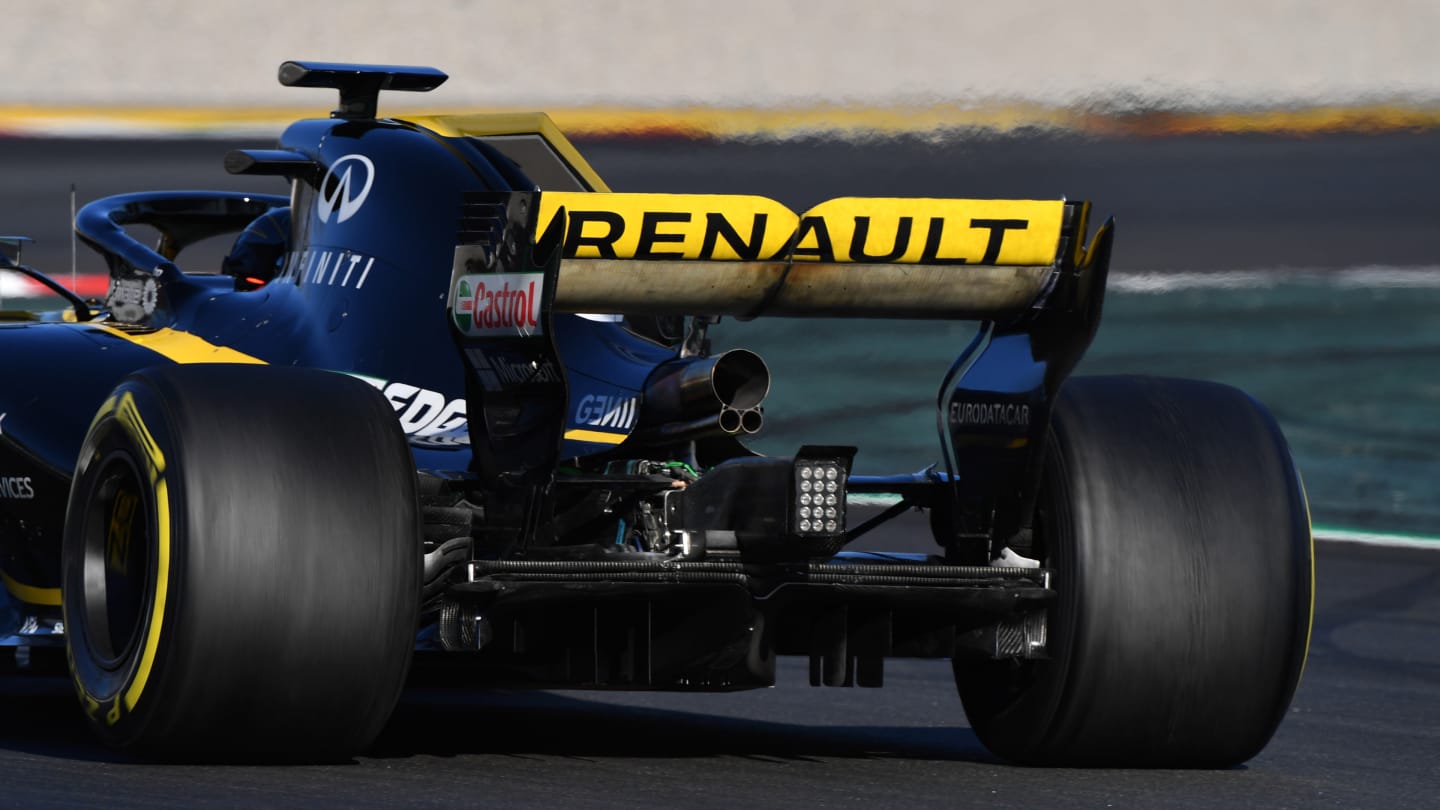
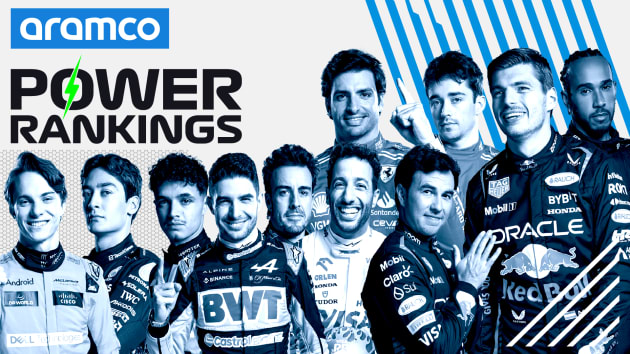
/Untitled-1)
